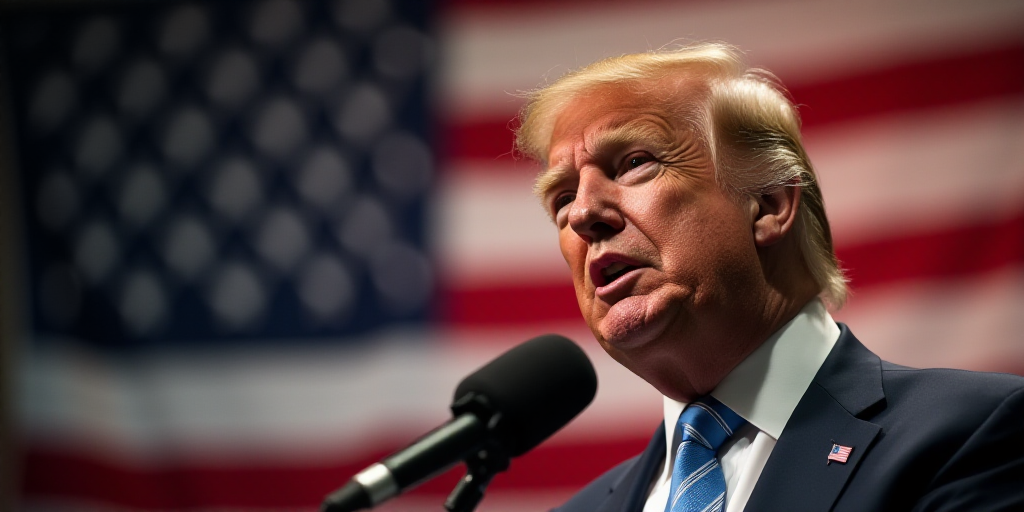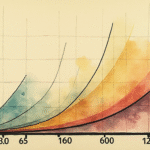Overview of the Tariff Compensation Program for Automakers
President Donald Trump is set to sign an executive order on Tuesday establishing a “tariff compensation” program for vehicles assembled in the United States, according to the US Department of Commerce.
The compensation will start at 3.75% of the vehicle’s retail price and gradually decrease to zero within two years, reaching 2.5% in the second year.
Eligibility and Benefits
- Eligible Parties: The tariff compensation will be available to both domestic and foreign automotive companies with manufacturing plants in the United States.
- Reduced Arrival Costs: The program aims to lower the tariffs on imported parts for US-based automakers by applying a formula based on vehicle sales volume and price.
- Temporary Relief: Over the course of two years, companies will have the opportunity to reorganize their supply chains, as per White House officials.
Additional Tariff Information
It’s important to note that the 25% tariff on imported vehicles will not be added to the existing 25% tariffs on steel or aluminum.
Currently, auto parts originating from Canada and Mexico remain exempt from these tariffs if they adhere to the rules of origin outlined in the United States-Mexico-Canada Agreement (USMCA).
Government Objectives and Recent Developments
According to US Treasury Secretary Steven Mnuchin, the primary goal of these new tariffs is to stimulate domestic manufacturing and create more jobs in the United States.
Mnuchin mentioned that President Trump has held meetings with both domestic and foreign automakers, reaffirming his commitment to bringing automotive production back to the US.
Mnuchin further stated that the administration aims to provide companies with a swift and efficient pathway to achieve this goal, focusing on maximizing job creation.
Key Questions and Answers
- Who is eligible for the tariff compensation? Both domestic and foreign automotive companies with manufacturing plants in the United States are eligible.
- What is the purpose of this tariff compensation program? The main objective is to reduce the cost of imported parts for US-based automakers, thereby encouraging domestic production and job creation.
- How will the tariff compensation be calculated? The compensation starts at 3.75% of the vehicle’s retail price and decreases to zero within two years, reaching 2.5% in the second year.
- Will existing tariffs on steel and aluminum be increased? No, the 25% tariff on imported vehicles will not be added to the existing 25% tariffs on steel or aluminum.
- Are auto parts from Canada and Mexico exempt from these tariffs? Yes, as long as they comply with the rules of origin in the USMCA, auto parts from Canada and Mexico remain exempt from these tariffs.






